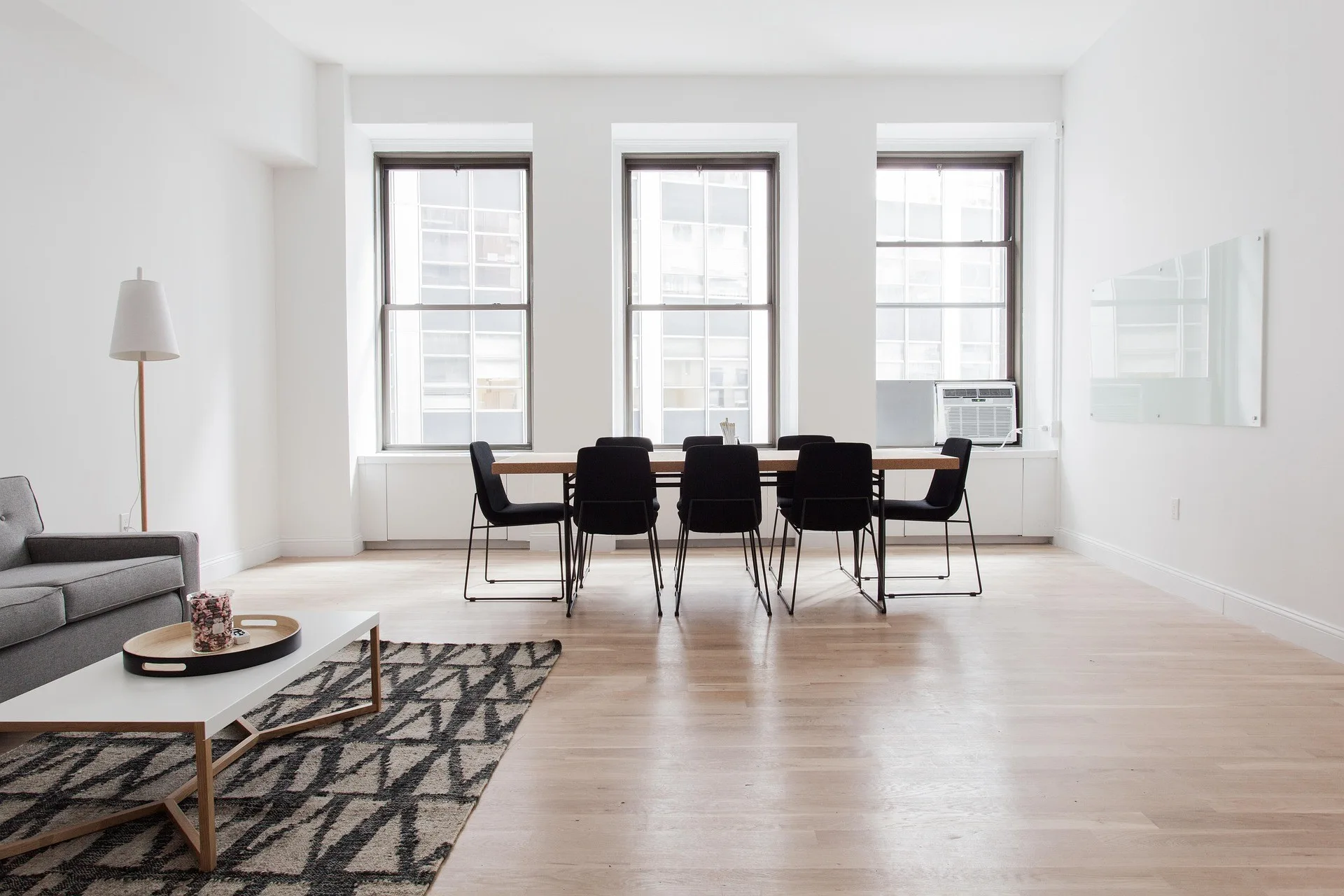White Oak Flooring: The Ultimate Guide for Homeowners
White Oak flooring continues to be one of the most reliable and beautiful choices for homeowners who want long-lasting, timeless floors.
It offers a natural warmth, a clean grain pattern, and enough durability to handle daily life without looking worn.
If you’re planning a renovation or building a new home and want a floor that blends strength with style, White Oak is worth serious consideration.
This guide breaks down everything you should know, using a conversational and easy-to-understand tone. Think of it as expert advice delivered in the simplest way possible.
What Makes White Oak Flooring So Popular?
White Oak stands out for its strength, versatility, and naturally appealing color.
Unlike trend-based flooring options that look outdated after a few years, White Oak remains relevant in nearly every decade of interior design.
Whether you prefer light modern spaces, traditional homes, or a mix of both, this species adapts effortlessly.
Homeowners appreciate White Oak because it offers durability, stain flexibility, and a neutral base that works with almost any interior palette.
For those comparing different hardwood options, it is also helpful to explore other materials such as engineered hardwood flooring, which offers additional stability in moisture-prone environments.
Understanding White Oak: A Quick Overview
White Oak is a high-density hardwood known for its tight grain pattern and strong resistance to moisture.
Its natural color ranges from light beige to soft brown, creating a clean and sophisticated appearance.
This wood species is also harder than many others commonly found in homes, making it ideal for high-traffic spaces.
Benefits of White Oak Flooring
1. High Durability
White Oak earns a 1360 rating on the Janka hardness scale, proving its strength.
This makes it suitable for busy households with kids, pets, and heavy foot traffic.
It also resists dents and surface wear better than softer woods.
2. Better Moisture Resistance
Because White Oak contains a closed cellular structure, it absorbs less moisture than many hardwoods.
This makes it suitable for kitchens, entryways, and hallways where humidity levels fluctuate more often.
3. Consistent and Timeless Appearance
One of the biggest advantages is its grain pattern. White Oak has a subtle, linear grain that gives rooms a clean, balanced look.
It enhances modern designs but also blends well with rustic, farmhouse, or transitional styles.
4. Excellent Stain Versatility
Whether you prefer a pale Scandinavian look or deeper brown tones, White Oak accepts stains evenly.
Homeowners often choose this wood because it avoids the heavy red undertones seen in Red Oak.
Popular stain styles include natural matte, driftwood, honey, smoked tones, and deep walnut.
5. Strong Resale Value
Real hardwood flooring remains one of the most desirable features for homebuyers.
White Oak adds an upscale appeal and long-term value that can elevate your home’s market position.
White Oak vs. Other Popular Flooring Options
White Oak vs. Red Oak
White Oak is harder, less porous, and more stain-flexible.
Red Oak tends to show pink or red undertones, making certain color choices harder to achieve.
White Oak also offers a cleaner, smoother grain.
White Oak vs. Maple
Maple is lighter and often harder to stain without blotching. White Oak provides more character and more control over final color tones.
White Oak vs. Engineered Hardwood
Both solid White Oak and engineered White Oak are great choices.
Engineered hardwood, like the kind used in many modern homes, performs better over concrete slabs and in humid conditions.
If you’re exploring alternatives, the nduresierra cypress flooring collection is another option that offers durability with a distinctive aesthetic.
Choosing the Right White Oak for Your Home
Texture Options
- Smooth: Ideal for modern and minimalistic interiors.
- Wire-brushed: Helps mask scratches and brings out the natural grain.
- Hand-scraped: Adds a rustic, aged appearance.
Plank Width
Wider planks create an open, luxurious look. Narrower planks provide a traditional appearance and work well in smaller rooms.
Finish Choices
- Matte: Hides imperfections and reflects minimal light.
- Satin: Offers a subtle, pleasant sheen.
- Gloss: Highly reflective and best suited for formal interiors.
Most homeowners choose matte or satin finishes for a modern look and easier maintenance.
Where White Oak Flooring Works Best
White Oak works well in almost any room, including living rooms, bedrooms, offices, dining spaces, and hallways.
Its moisture resistance makes it one of the better hardwood options for kitchens. It is not recommended for full bathrooms where water exposure is excessive, but it performs well in half-bathrooms with proper care.
Installation Tips
1. Acclimation
Allow the wood planks to acclimate to your home environment for at least three to seven days before installation.
2. Subfloor Preparation
Ensure your subfloor is clean, level, and moisture-free. Proper preparation prevents future movement or squeaks.
3. Layout Planning
Decide whether you want a straight lay, diagonal layout, or something more decorative like a herringbone pattern.
This small decision can significantly impact the room’s visual flow.
4. Underlayment
Using the right underlayment helps with sound absorption, comfort, and moisture control.
Maintenance and Care
White Oak’s subtle grain and density make it easier to maintain compared to many other hardwoods.
Routine Cleaning
- Sweep or vacuum regularly using a soft-brush attachment.
- Clean spills immediately to prevent staining.
Weekly or Biweekly Cleaning
Use a cleaner specifically designed for hardwood floors. Avoid heavy water, steam mops, or harsh chemicals.
Long-Term Care
Solid White Oak floors can be refinished every seven to ten years, depending on wear.
Engineered versions can be refinished once or twice depending on the thickness of the top veneer.
Adding felt pads under furniture and using area rugs in high-traffic zones will keep the floors in excellent condition for years.
Frequently Asked Questions
Is White Oak flooring suitable for kitchens?
Yes. White Oak’s moisture resistance makes it one of the most reliable hardwoods for kitchens as long as spills are cleaned promptly.
Does White Oak change color over time?
With modern finishes and UV protection, color change is minimal. Natural wood may deepen slightly, but it typically remains consistent.
Which is better: solid or engineered White Oak?
Choose solid White Oak if you want a floor that can be refinished many times. Choose engineered White Oak if your subfloor is concrete or your home experiences humidity fluctuations.
Is White Oak more expensive?
It is priced in the mid-to-premium range, and its long lifespan makes it a cost-effective investment.
Can White Oak be stained dark?
Yes. It accepts both light and dark stains effectively, making it highly versatile for different interior styles.
Conclusion
White Oak flooring remains one of the most reliable and attractive options available to homeowners.
Its durability, timeless aesthetic, and stain versatility make it suitable for nearly every design style.
Whether you’re renovating a single room or upgrading an entire home, White Oak offers long-term value and a look that never loses appeal.
If you want to explore additional flooring choices, discover more design ideas, or compare materials, you can visit Prime Living Space.
This will help you find inspiration, compare flooring types, and choose a style that fits your home perfectly.





